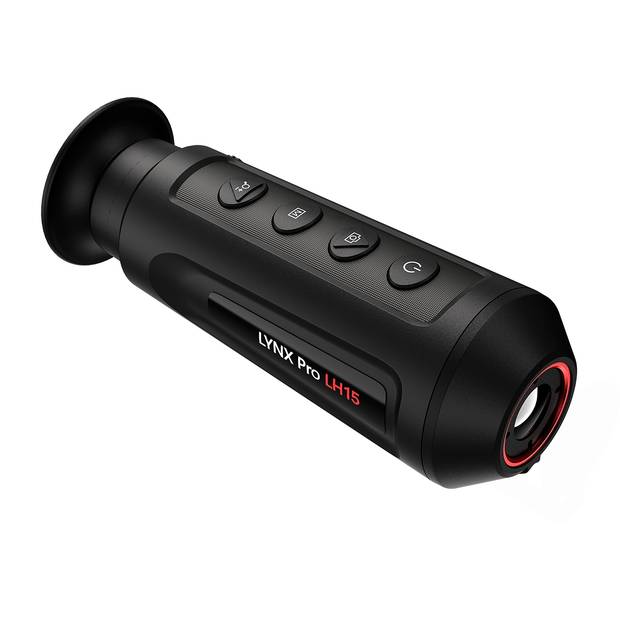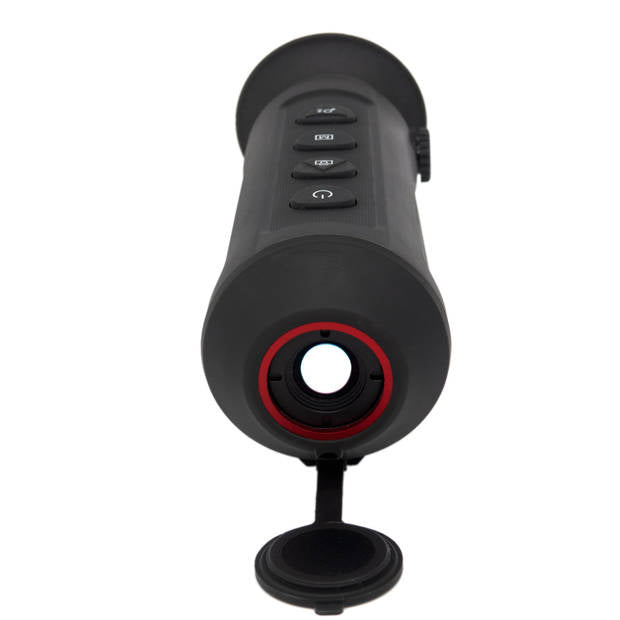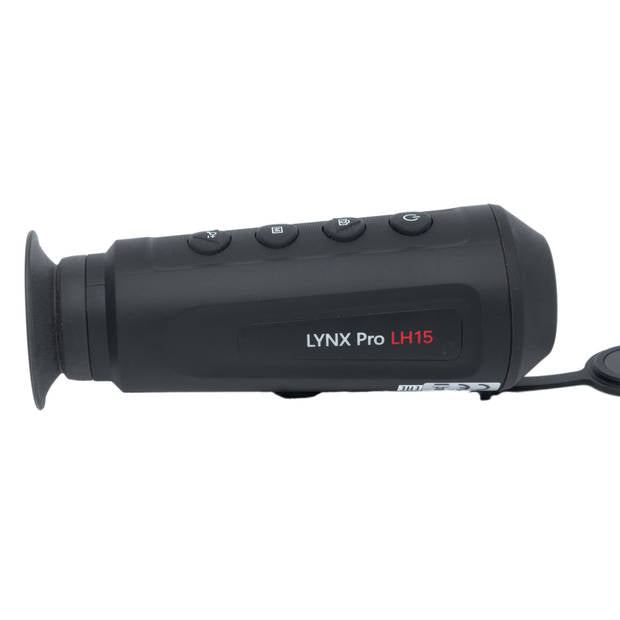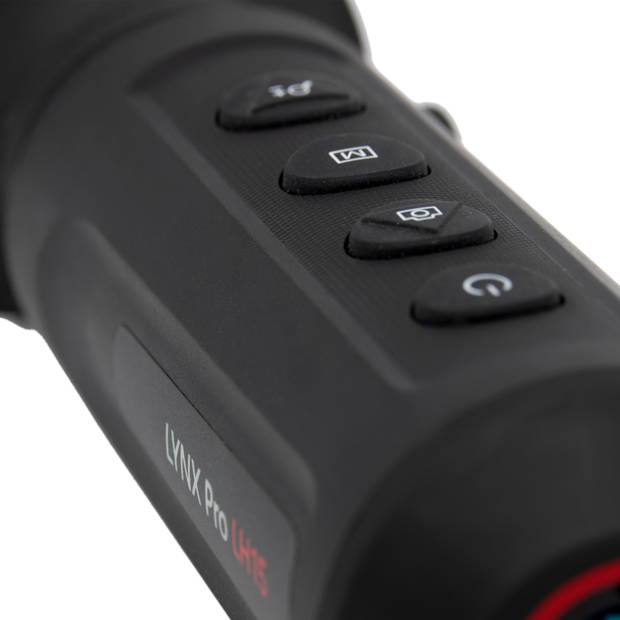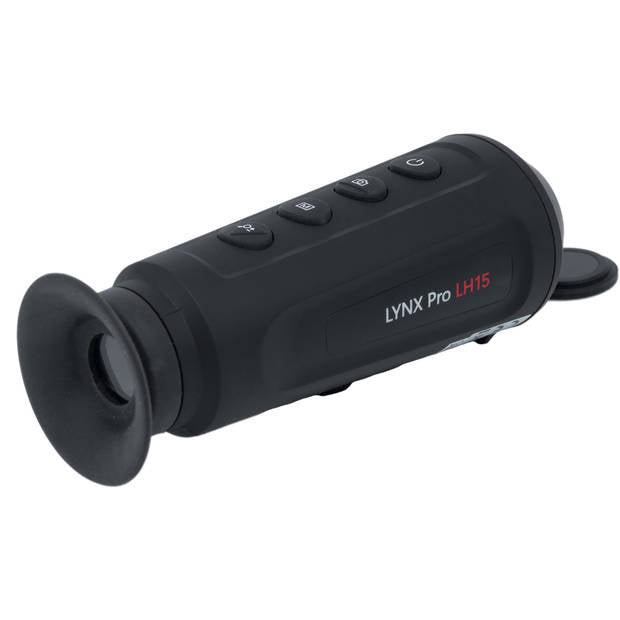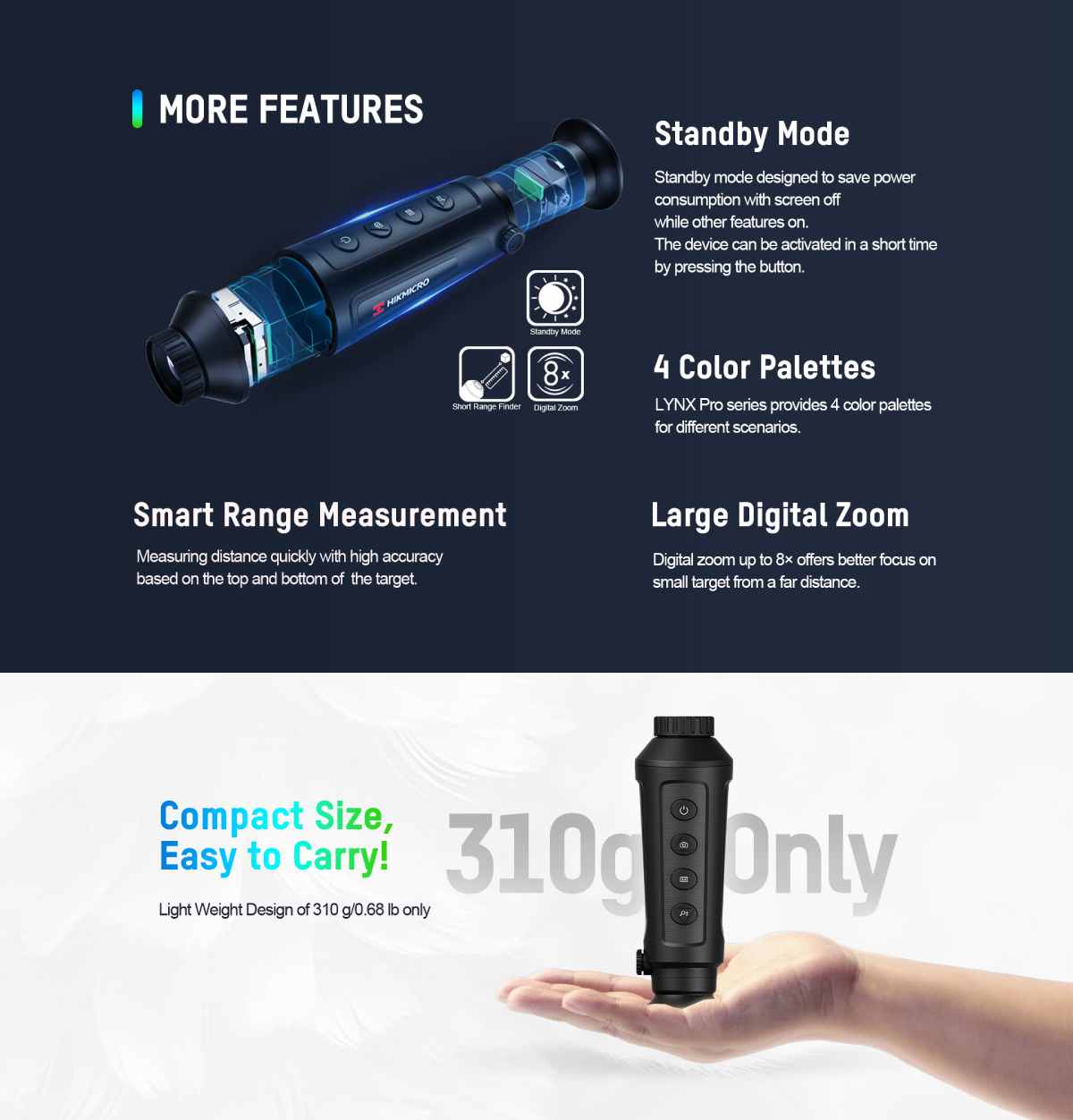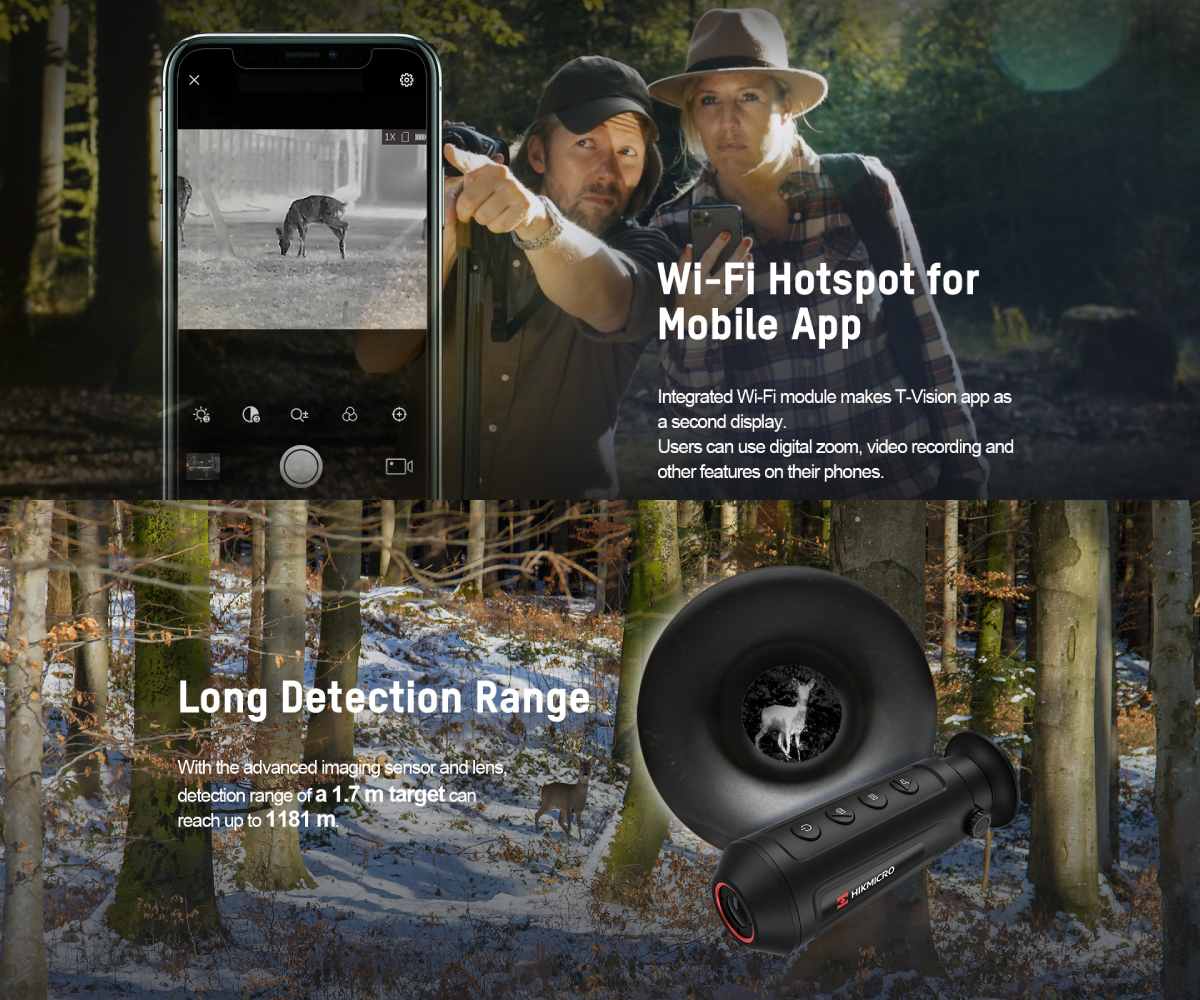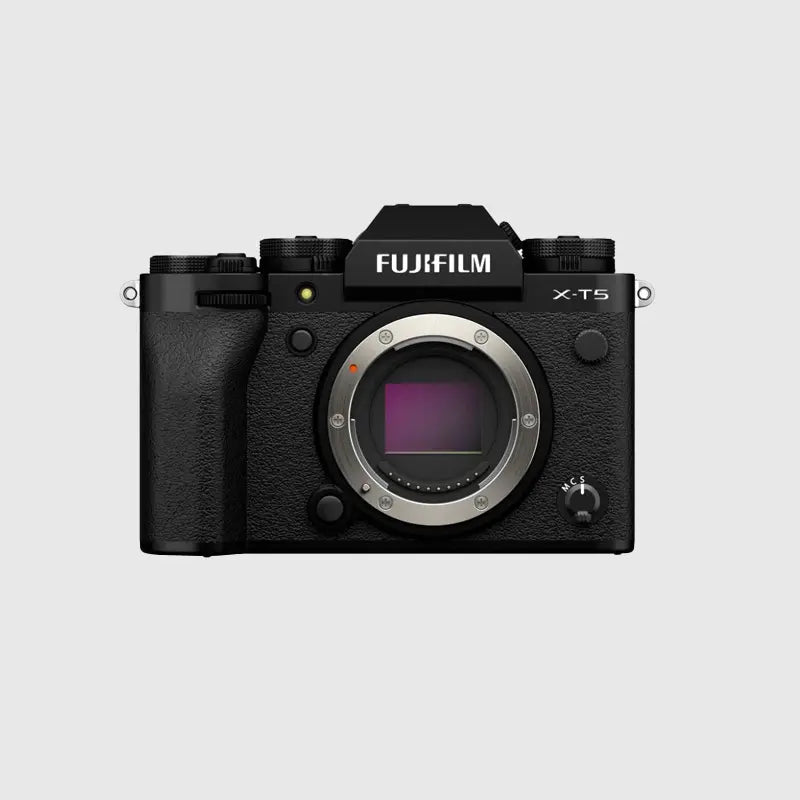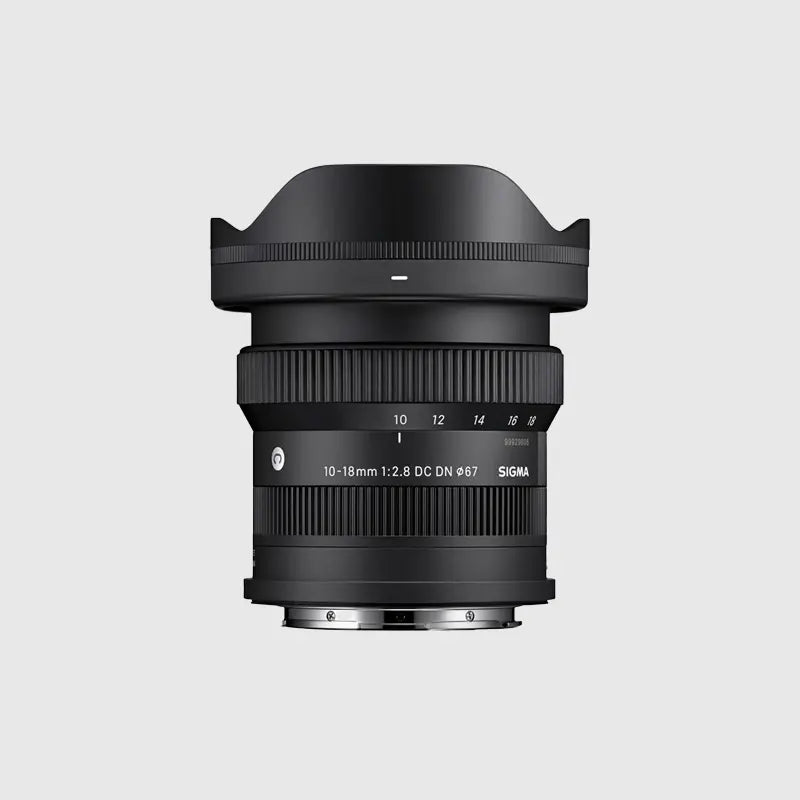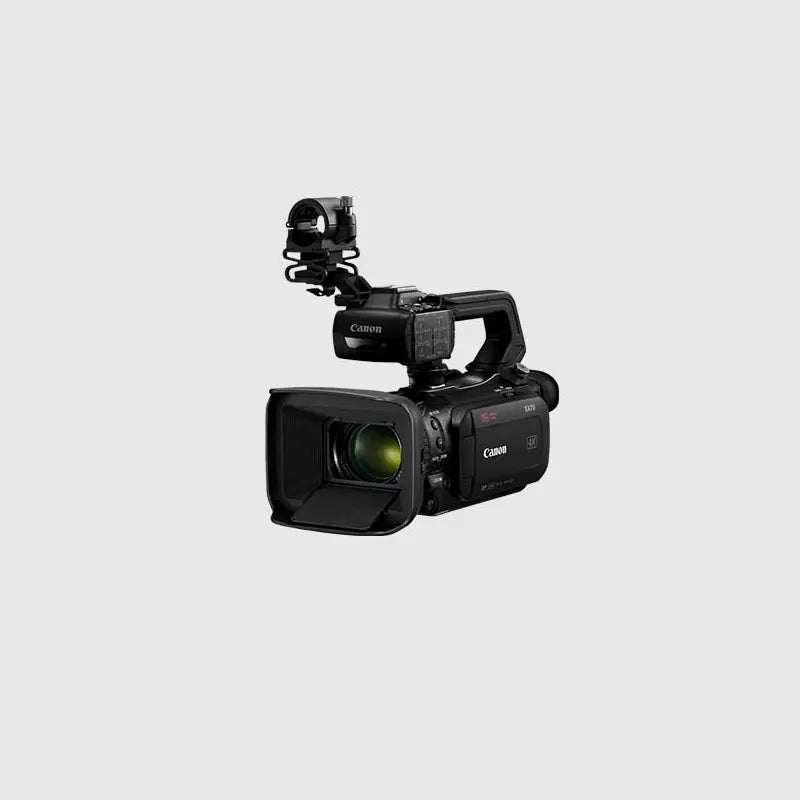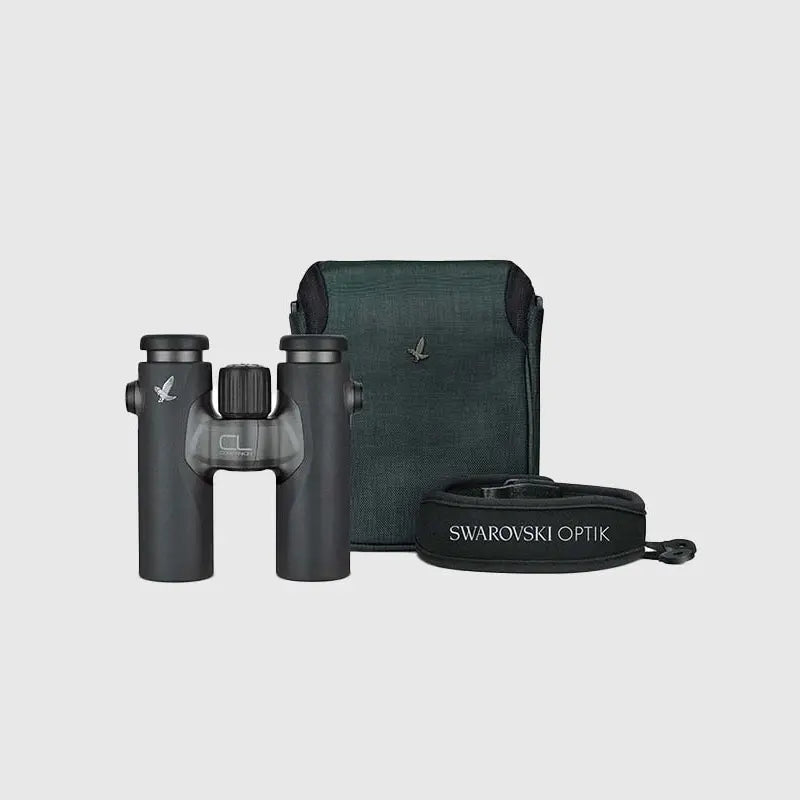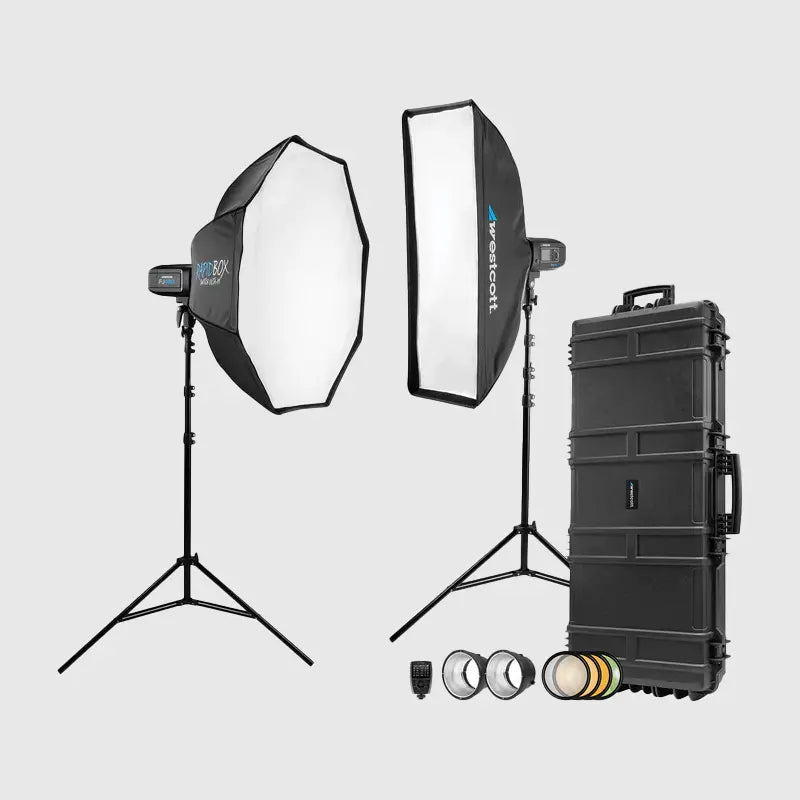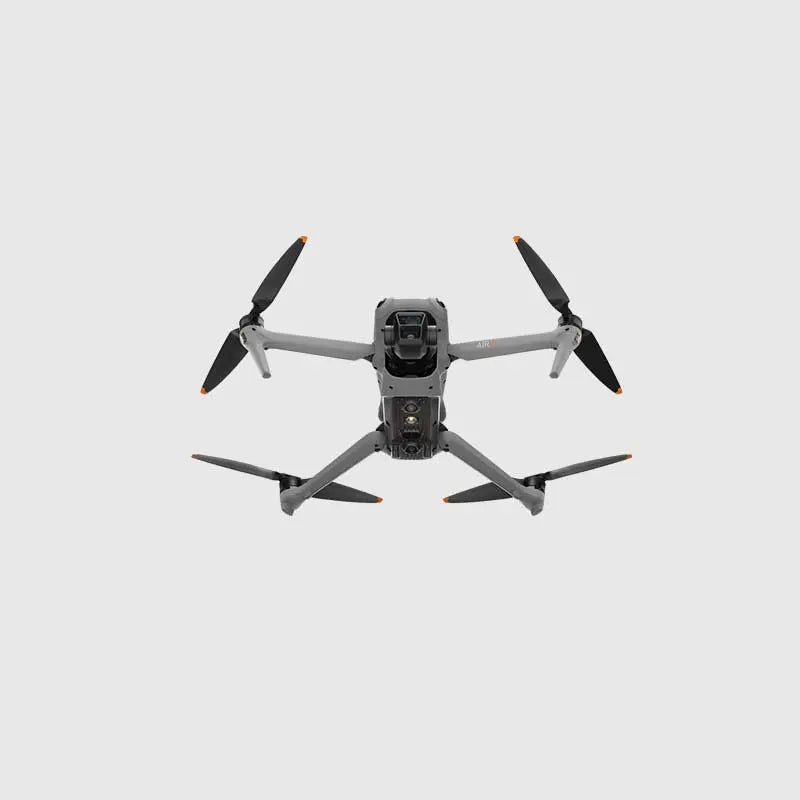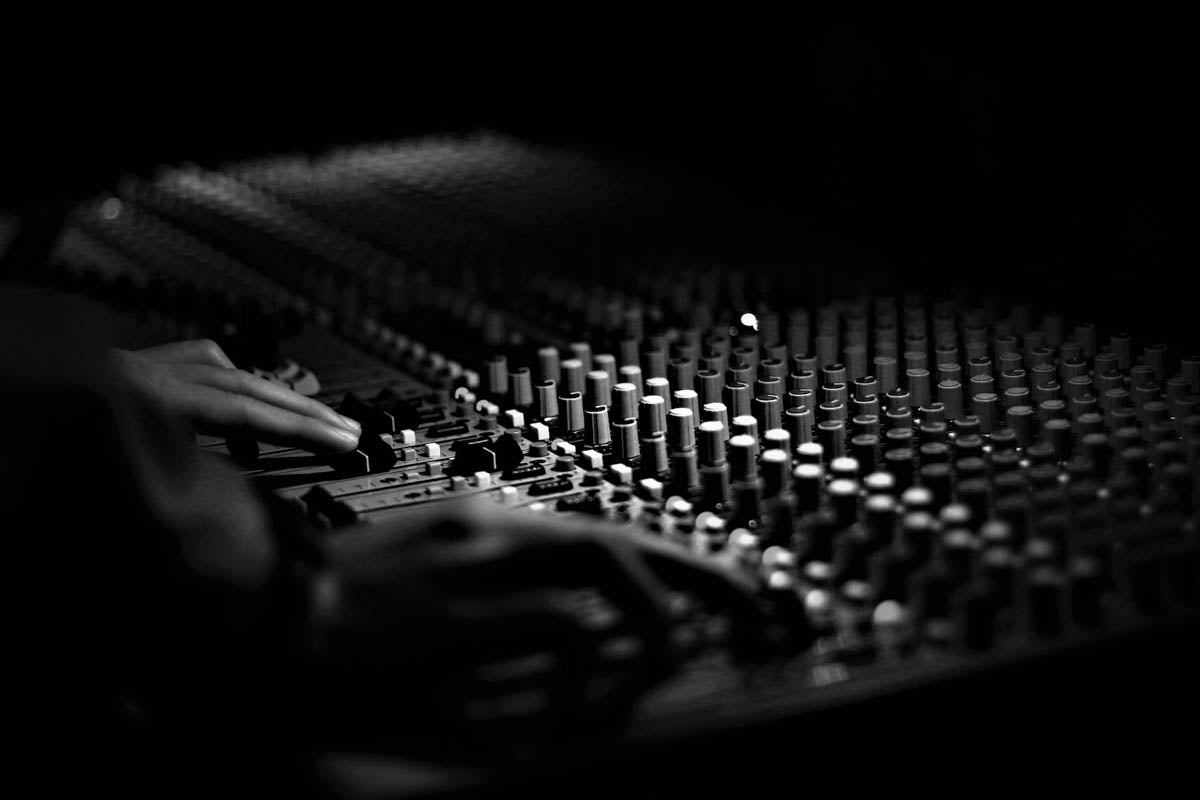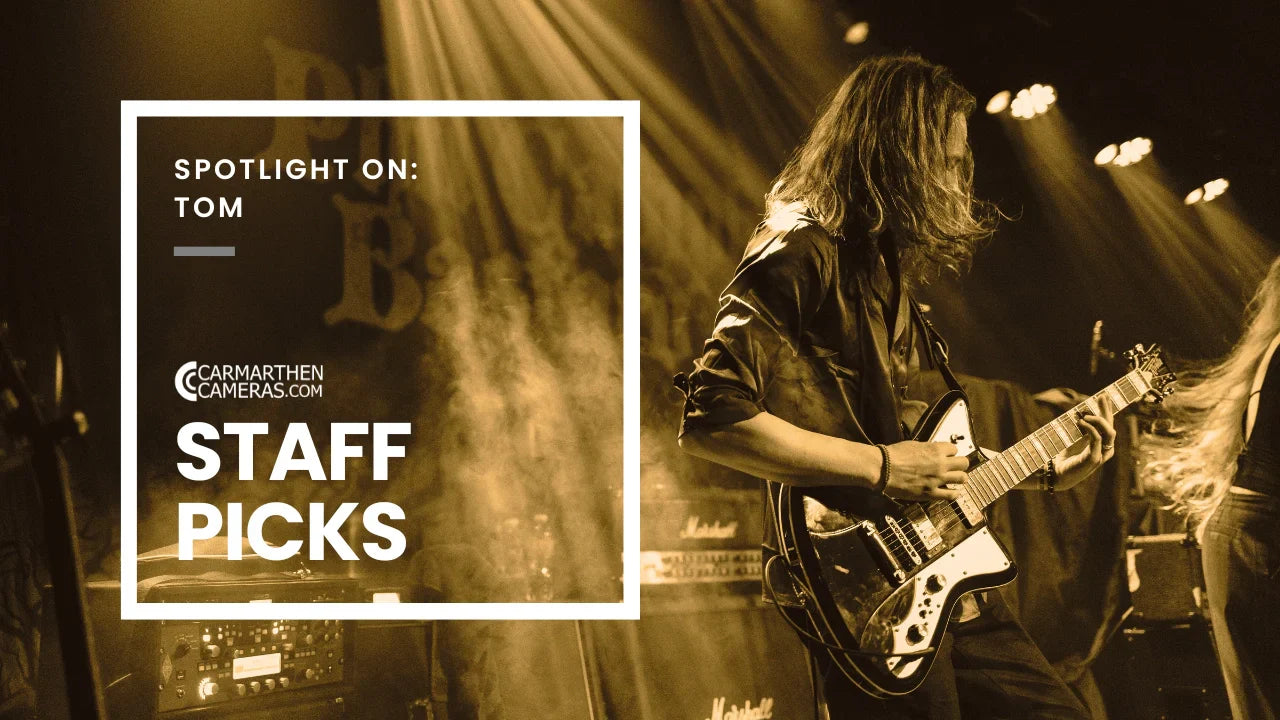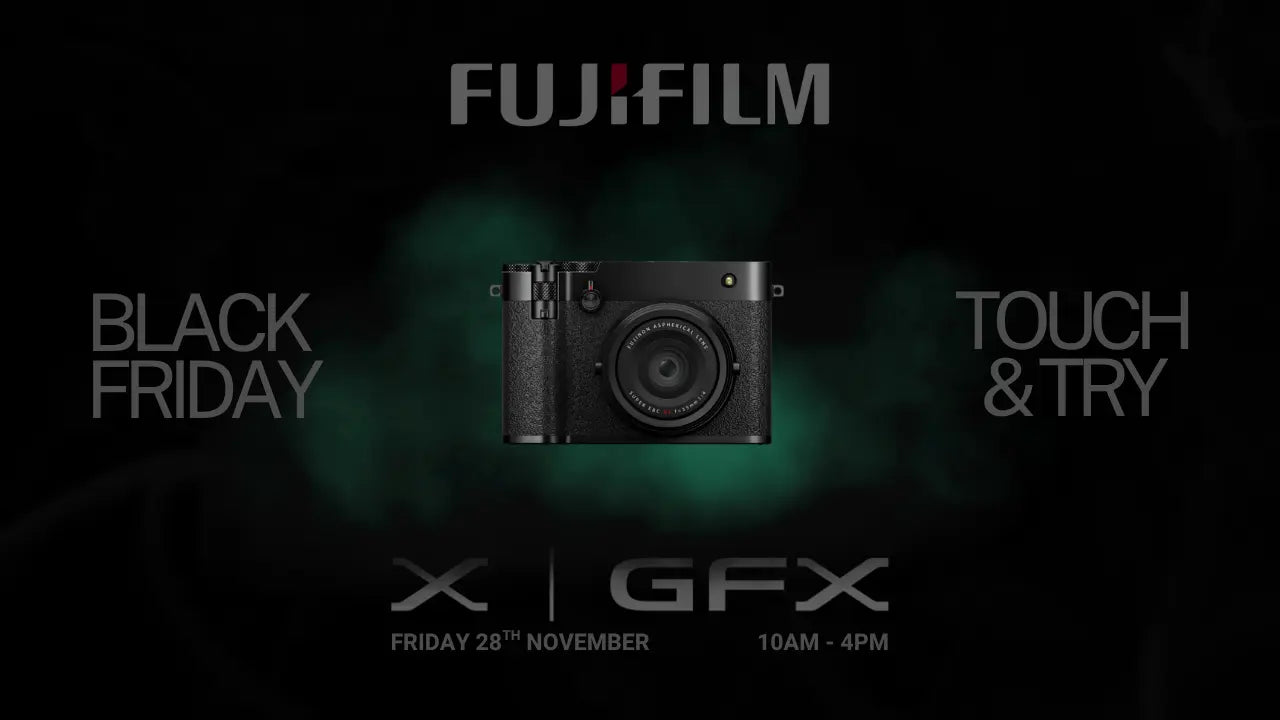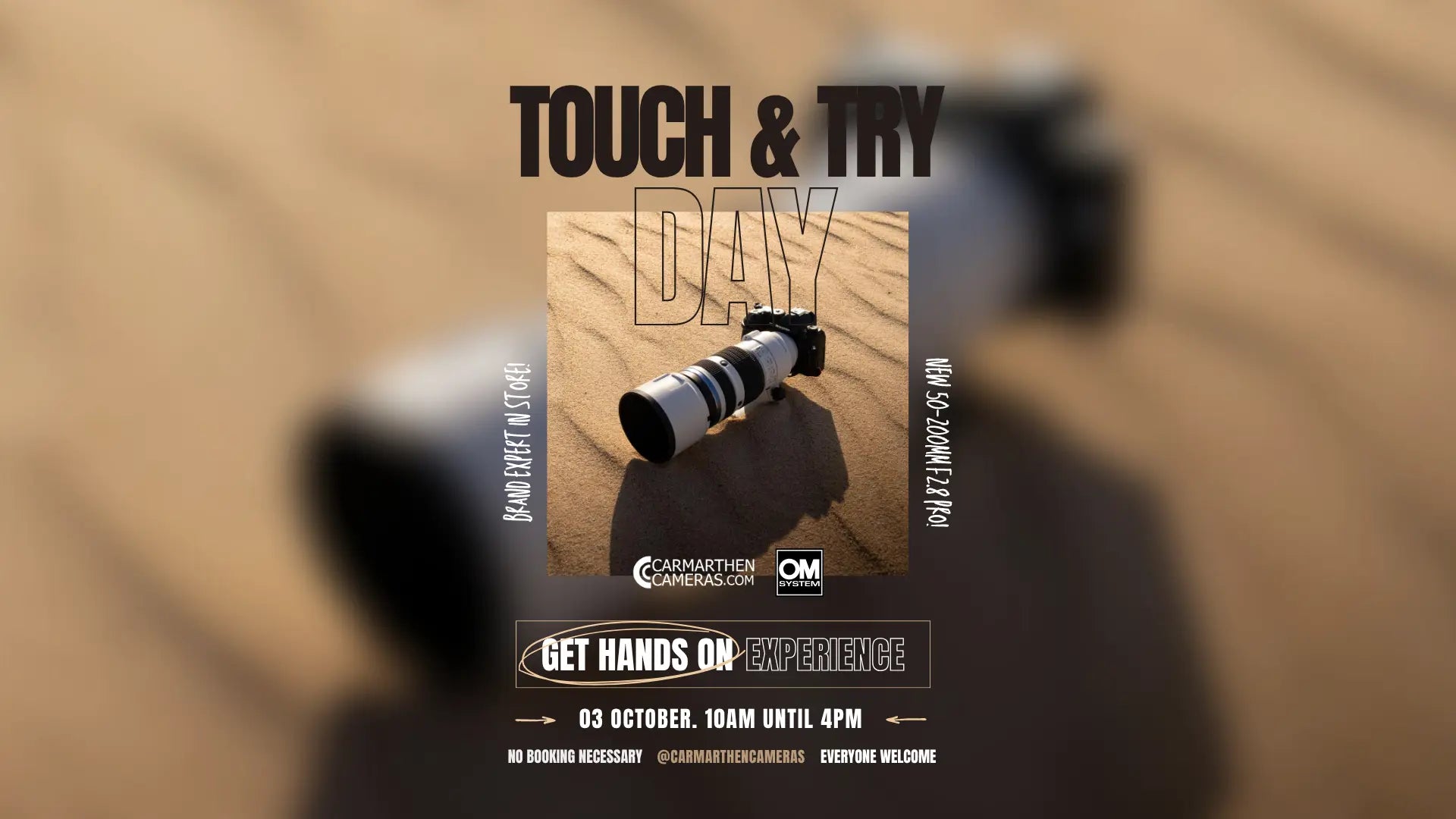Product Description
HIKMIKRO Lynx Pro LH15 Thermal Camera provides high-quality thermal imaging technology for more users, professionals and amateurs. With our portable devices, you can easily see exactly and find what you are looking for, even in the most demanding conditions.
- Features for handheld thermal imaging cameras:
- Heat cell resolution: 384 × 288
- Pixel range: 12 µm
- Heating circuit sensitivity: 35 mK
- Digital magnification: 1x, 2x, 4x, 8x
- Image and video recording, IP67 rating, Wi-Fi and range finder
- Internal memory: 8 GB
Stand by
The device can be placed in sleep mode to achieve longer battery life and to avoid radiant light reflected from the screen.
High-quality image sensor
The highly sensitive 384 × 288 12 µm Vox thermal imager provides detailed high-resolution performance. The higher magnification allows the observation of 1.7 m high objects up to 1181 meters away.
Wi-Fi
The camera view can be transferred to a mobile device that you e.g. control magnification and image space and record video and images.
Image calibration
Calibration modes
Auto mode: The device performs image correction automatically during operation.
Manual mode: Press the mode button in playback mode to perform image correction.
Background Calibration: Close the lens cap and press the mode button in live view to perform background image correction.
4 color palettes
Four different picture modes to choose from for different situations. This makes it easier to distinguish objects in different operating environments such as city, water, forest, etc.
How thermal imaging cameras work
Thermal imaging, also known as infrared thermography or thermographic imaging, is a technology that allows us to capture and visualize the infrared radiation emitted by objects and living beings. Every object with a temperature above absolute zero (-273.15 degrees Celsius or -459.67 degrees Fahrenheit) emits infrared radiation in the form of heat. Thermal imaging devices detect this radiation and create images or videos that represent the temperature variations across a scene.
Here are some key points about thermal imaging:
-
Principle of Operation: Thermal imaging works on the principle that different objects emit different levels of infrared radiation based on their temperature. Infrared cameras or thermal imagers use sensors that can detect and convert this radiation into a visible image.
-
Applications: Thermal imaging has a wide range of applications, including:
- Security and Surveillance: Thermal cameras can be used for surveillance and security to detect intruders in the dark or in low-visibility conditions.
- Search and Rescue: In disaster situations, thermal imaging can help locate survivors by detecting their body heat.
- Firefighting: Firefighters use thermal cameras to see through smoke and locate people or hotspots in burning buildings.
- Medical Diagnosis: Infrared cameras are used for medical purposes, such as identifying areas of inflammation or elevated body temperature.
- Building Inspections: In construction and maintenance, thermal imaging can identify heat leaks, moisture, and electrical problems in buildings.
- Industrial Inspections: It's used to inspect machinery, electrical systems, and detect overheating components.
-
Color Mapping: In thermal images, colors are often used to represent different temperatures. Typically, warm areas are displayed in warm colors (red, yellow, orange), while cooler areas are displayed in cool colors (blue, green, purple). This color mapping helps users quickly identify temperature differences in the scene.
-
Resolution: Thermal imaging cameras come in various resolutions, with higher resolution cameras providing more detail and accuracy in temperature measurements.
-
Limitations: Thermal imaging is limited by the fact that it can't see through opaque materials like walls or glass, and it may struggle to distinguish objects with very similar temperatures. Additionally, it's affected by factors like ambient temperature, humidity, and distance.
-
Types of Cameras: There are different types of thermal imaging cameras, including handheld devices, fixed installations, and even smartphone attachments that use thermal imaging technology.
-
Military and Defense: Thermal imaging has been widely used in military and defense applications for target detection, navigation, and surveillance.
-
Consumer Applications: In recent years, thermal imaging has become more accessible to consumers through smartphone attachments and dedicated consumer devices. This has led to applications in areas like home improvement and outdoor activities, such as hunting and wildlife observation.
In summary, thermal imaging is a technology that allows us to see and measure temperature differences in various applications, from industrial and medical uses to military and consumer applications. It has proven to be a valuable tool for detecting heat-related issues and providing enhanced vision in low-light or adverse conditions.

